At the beginning and end of a flight or when it is dark outside, cabin lights are usually turned off and passengers are asked to draw the window shades.
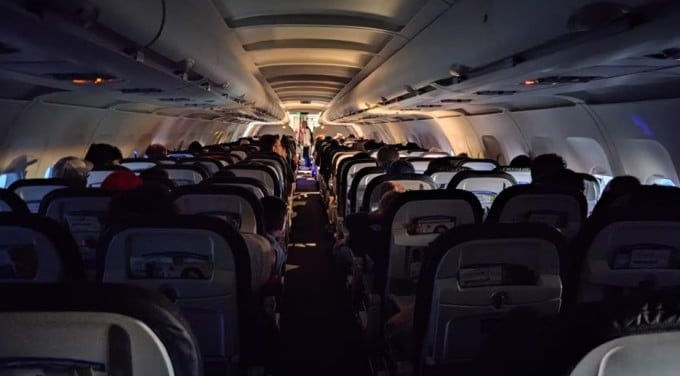
Cabin lights are turned off during critical phases of flight. Photo: Daniel Martínez Garbuno
Cabin lights go out as the plane taxis to take off, and the process repeats at the end of the journey, signaling an imminent landing. The basic reason behind this process is the safety of passengers and crew, according to Simple Flying .
Cabin lights dim and then go out for the same reason that cabin crew ask passengers to close the window shades: to ensure safety in case of an emergency. In such circumstances, good visibility can make a crucial difference to human safety. Opening the window shades also helps passengers navigate in an emergency because they are more aware of their surroundings.
It takes approximately 10-30 minutes for the human eye to fully adjust to darkness. Turning off the cabin lights gives passengers and crew more time to adjust to the low light conditions. This is essential if the aircraft needs to be evacuated at night. In fact, the time it takes for the human eye to adjust to low light conditions can make the difference in the chance of escape in an emergency.
Another reason to turn off the cabin lights is that the darker the cabin, the more visible the emergency lights and the illuminated aisles are, making everyone on board more prepared for a quick and safe evacuation. According to Colin C. Law, assistant professor of aviation business management at Stamford International University in Thailand, cabin lights are adjusted to suit the outside lighting conditions. For example, when evacuating during takeoff, the cabin lights should not be at their brightest setting to avoid affecting the movement.
Turning off the lights is also often associated with drawing the window shades on the plane. During the day, the latter ensures that the cabin is flooded with natural light, which increases visibility. Of course, in most cases, emergencies do not arise. Finally, airlines turn off the cabin lights during takeoff and landing to reduce the plane's power consumption, optimizing engine performance during critical flight phases.
An Khang (According to Simple Flying )
Source link


![[Photo] Students of Binh Minh Primary School enjoy the full moon festival, receiving the joys of childhood](https://vphoto.vietnam.vn/thumb/1200x675/vietnam/resource/IMAGE/2025/10/3/8cf8abef22fe4471be400a818912cb85)

![[Infographic] Notable numbers after 3 months of "reorganizing the country"](https://vphoto.vietnam.vn/thumb/1200x675/vietnam/resource/IMAGE/2025/10/4/ce8bb72c722348e09e942d04f0dd9729)














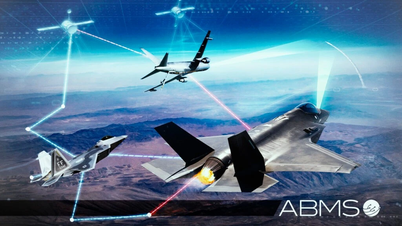















![[Photo] Prime Minister Pham Minh Chinh chairs meeting to deploy overcoming consequences of storm No. 10](https://vphoto.vietnam.vn/thumb/1200x675/vietnam/resource/IMAGE/2025/10/3/544f420dcc844463898fcbef46247d16)




































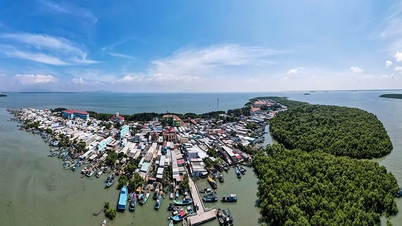
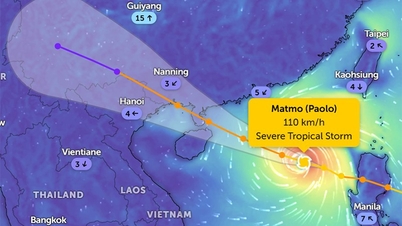


![[Infographic] Notable numbers after 3 months of "reorganizing the country"](https://vphoto.vietnam.vn/thumb/402x226/vietnam/resource/IMAGE/2025/10/4/ce8bb72c722348e09e942d04f0dd9729)
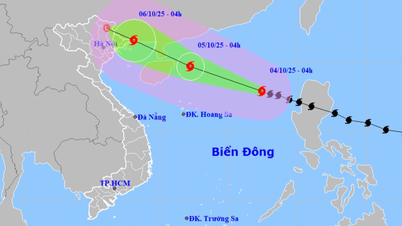









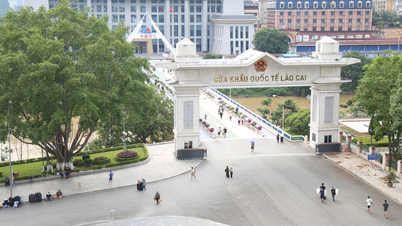




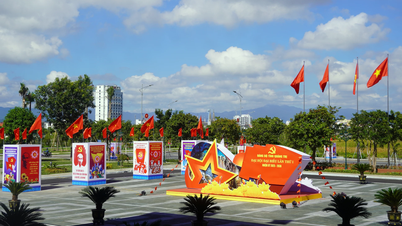















Comment (0)